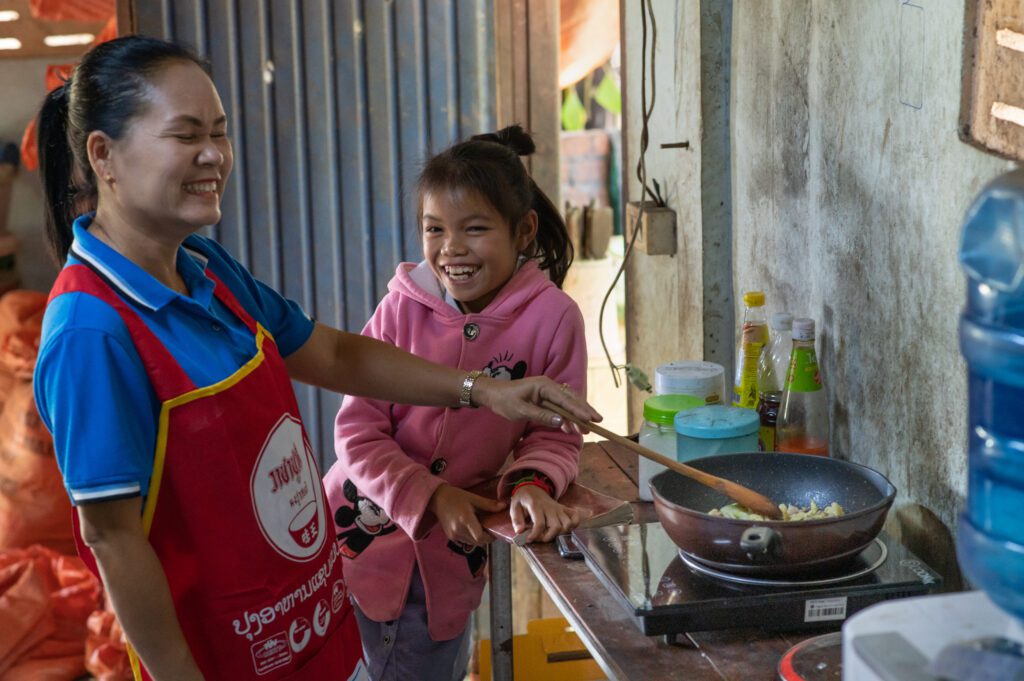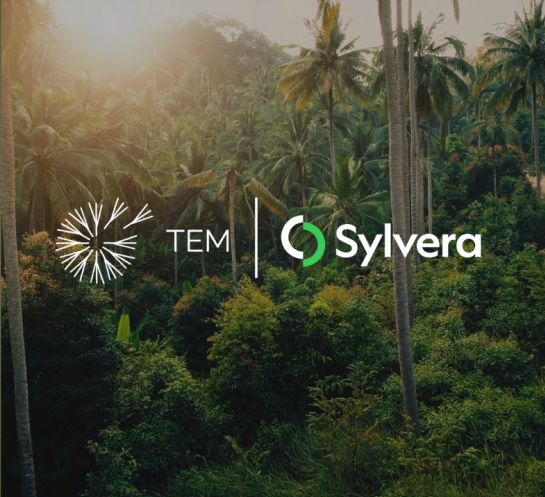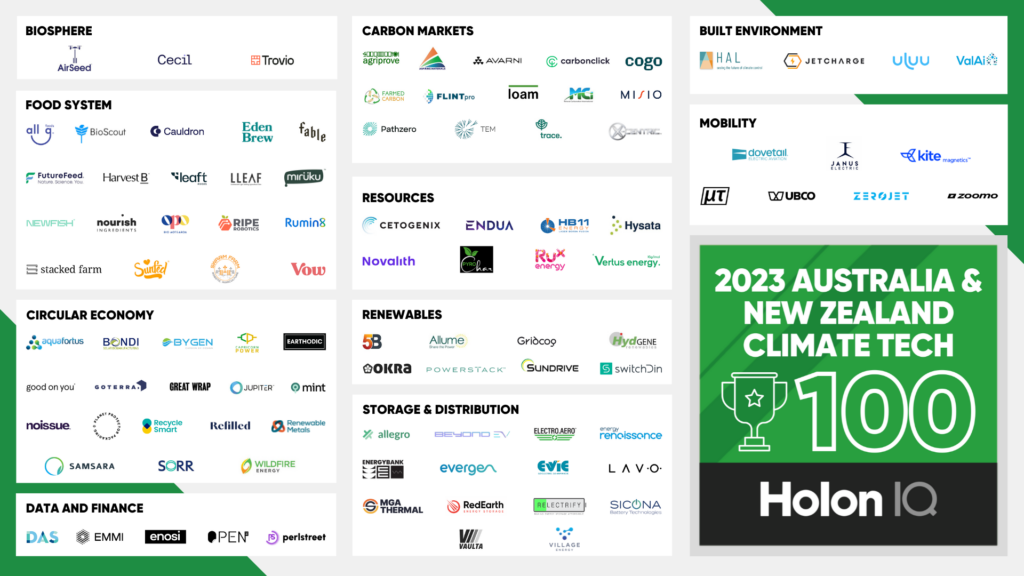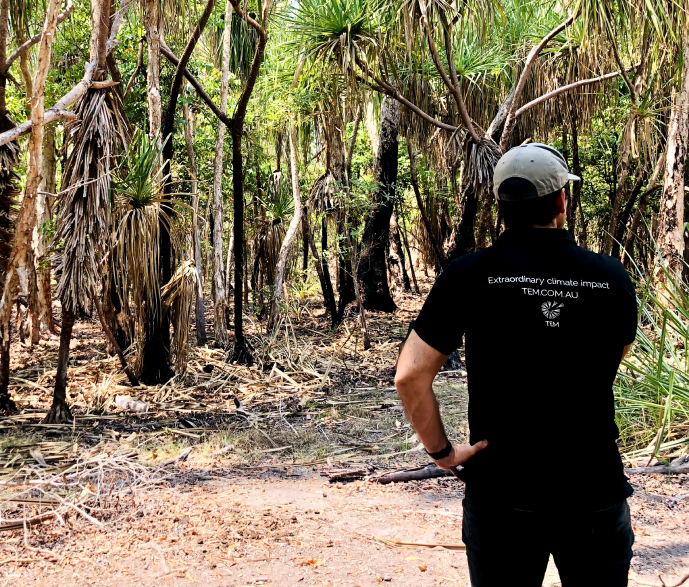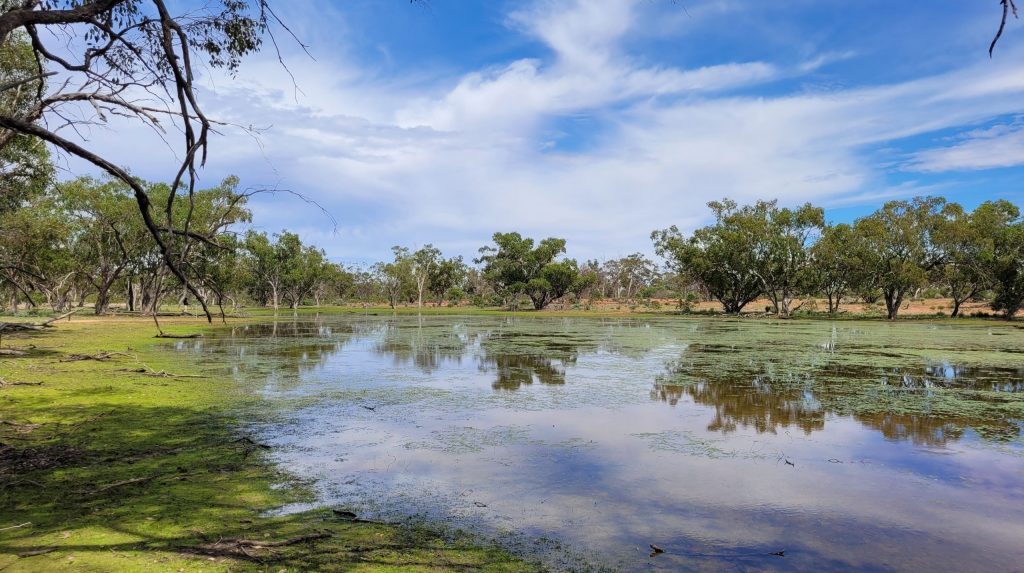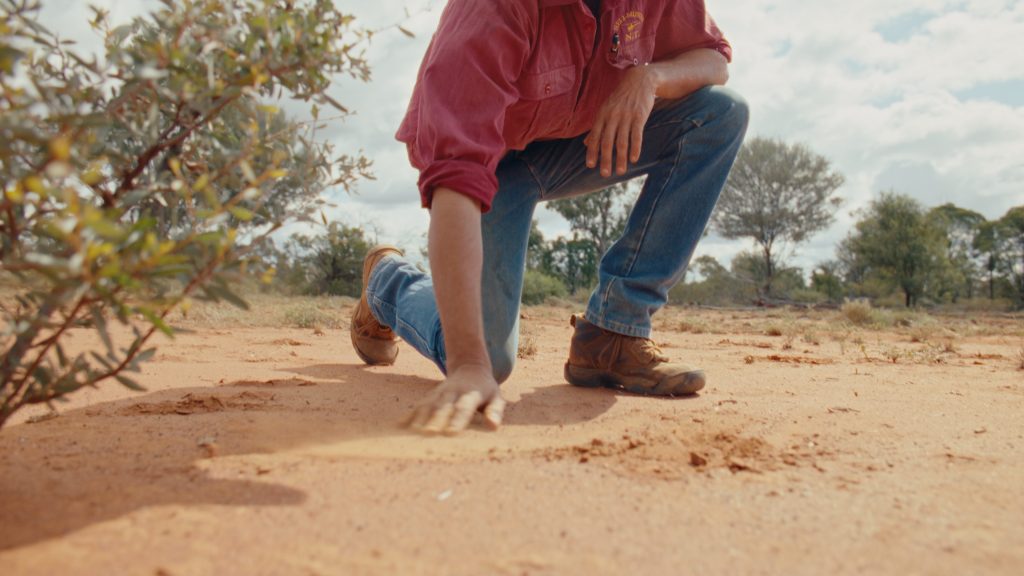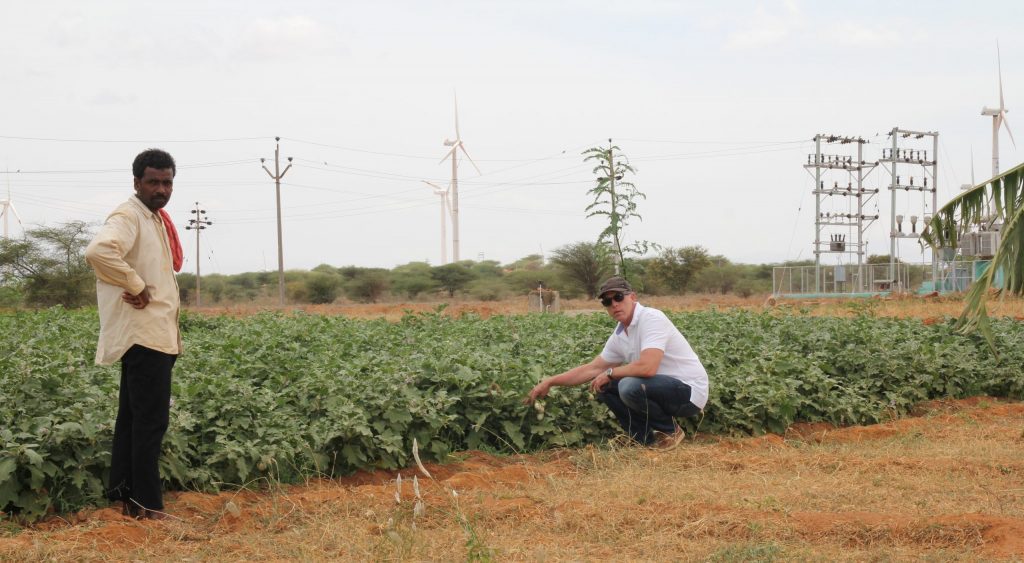Originally published by Jack Newbury on 30 Nov 2022.
People often ask me what I love most about working at TEM. While there are many, the extraordinary impacts offsetting can have on communities around the globe is why I love what I do. At first you might think I’m only talking about the work we do in combatting climate change – which isn’t exactly wrong! But the additional benefits of offsetting, referred to as ‘co-benefits’, that attribute to a prosperous planet is what gets me out of bed every day.
There are many co-benefits that can occur from offsetting – some projects supply different co-benefits from another. To demonstrate what I mean, I’m going to unpack some of TEM’s project co-benefits in relation to the United Nations’ (UN) Sustainable Development Goals (SDG) framework.
So, what is the SDG framework?
To provide context, the SDGs we see today have been built on decades of work by the UN. In 2000, UN Member States agreed to the UN’s Millennium Development Goals (MDGs) aiming to combat poverty, hunger, disease, illiteracy, environmental degradation, and discrimination against women. Further, in 2015 when it was time to review progress there was still much to be done. As a result, the MDGs were superseded by the SDGs when the monumental 2030 Agenda for Sustainable Development was adopted by all United Nations Member States.
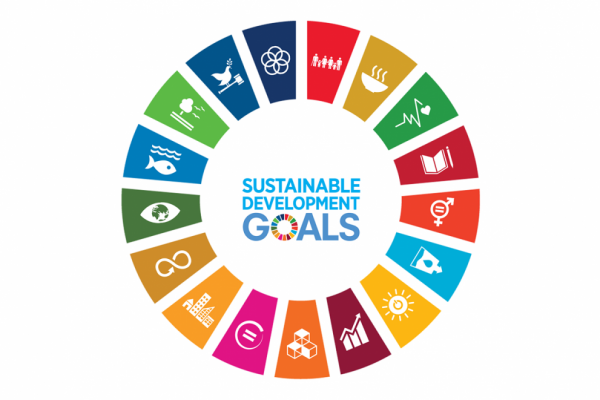
At the heart of the agenda are the 17 SDGs. These SDGs are made up of 169 targets and 248 indicators. The SDGs are useful as they provide a framework for “peace and prosperity for people and the planet now, and into the future” (UN, 2022). They are crucial objectives that require pioneering solutions to tackle humanity’s largest problems. For us to meet targets set for 2030, we must engage with global stakeholders at all levels.
SDGs in Practice
At TEM, our offset projects meet a variety of the SDGs. Let’s use one as an example to explore the co-benefits of offsetting. The 13th SDG, Climate Action, refers to the urgent action required to combat climate change and its impacts. Climate Action is intrinsically linked to all other SDGs, as without a stable climate our planet will be unable to sustain life. Climate Action is also at the heart of TEM, as we empower corporate towards Net Zero Now.
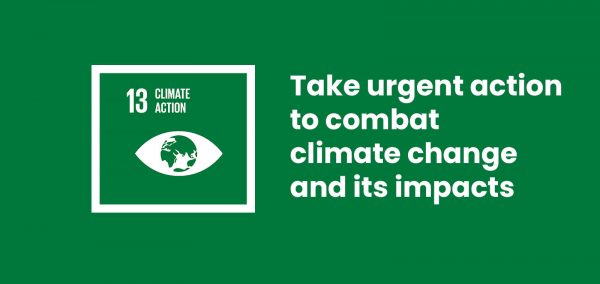
Co-benefits play a direct role in meeting individual SDG targets. For example, target 13.3 refers to improving education, awareness and human and institutional capacity on climate change mitigation and adaptation. TEM’s Cool Fire projects generate carbon finance that goes directly back to Aboriginal Traditional Landowners and communities conducting the fire management. Funds are used to employ more rangers, provide appropriate training and supply the necessary equipment (Arnhem Land Fire Abatement Northern Territory, 2021). To date, the Arnhem Land Fire Abatement Projects in Australia have generated 4,189,429 Australian Carbon Credit Units (ACCUs) (Arnhem Land Fire Abatement Northern Territory, 2021). Therefore, we can see that the funds generated from savanna burning carbon credits directly result in the preservation of traditional Aboriginal fire management techniques. It allows new generations of Aboriginal Traditional Landowners to remain connected to Country, while improving Australia’s capacity to mitigate the effects of climate change.
Another example of this can be seen in targets 13.1 and 13.b. 13.1 refers to climate change resilience and adaptation measures, with one indicator being the number of deaths or missing persons attributed to disasters. Meanwhile, 13.b looks to promote effective climate change-related planning and management mechanisms in least developed countries and small island developing States (SIDs). TEM’s Cookstove projects across Africa, South America, and the Asia Pacific region build clean, efficient stoves that replace inefficient three-stone fires. These offset projects meet the Climate Action SDG by improving indoor air quality, reducing chronic respiratory, heart and eye disease risks and burns. Furthermore, as less firewood is required for the new cookstoves, women and children can spend more time completing other activities such as going to school.
Co-benefits will continue to play an extremely important role in the development of carbon markets as well as meeting our SDG targets. Particularly, the value of these co-benefits will massively influence carbon projects’ inclusion in national climate change policies, strategies, and planning.




